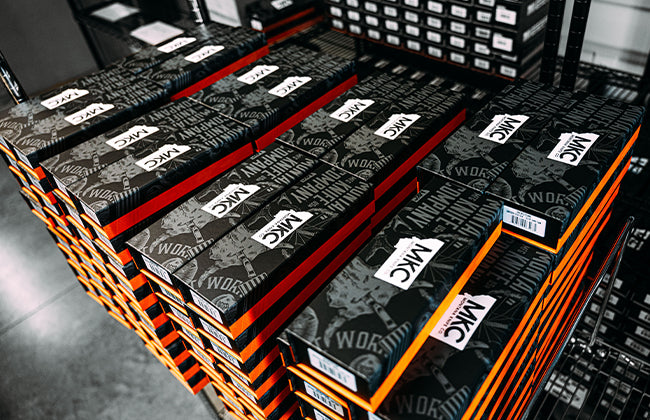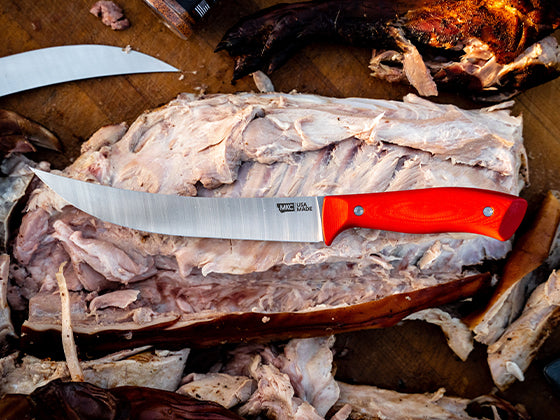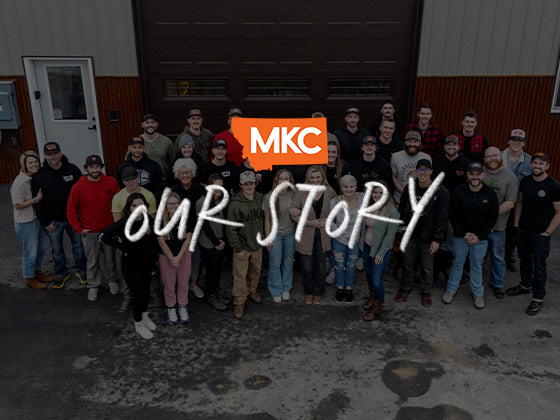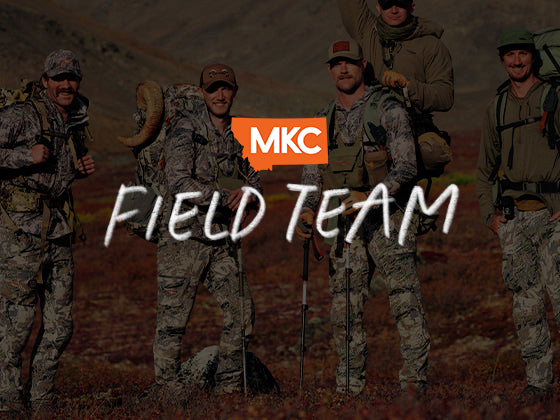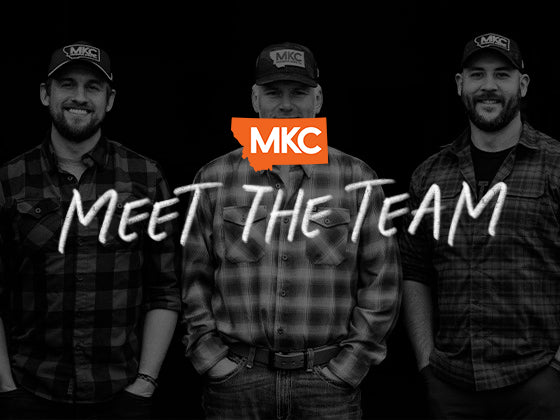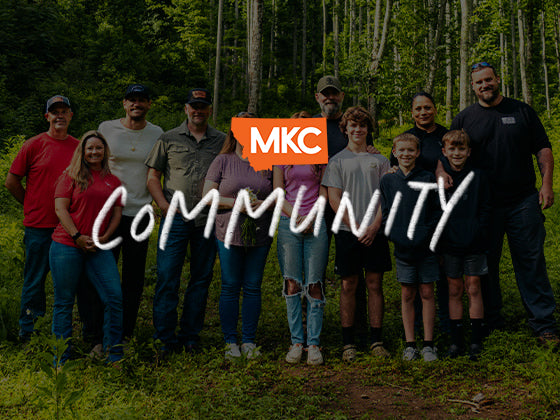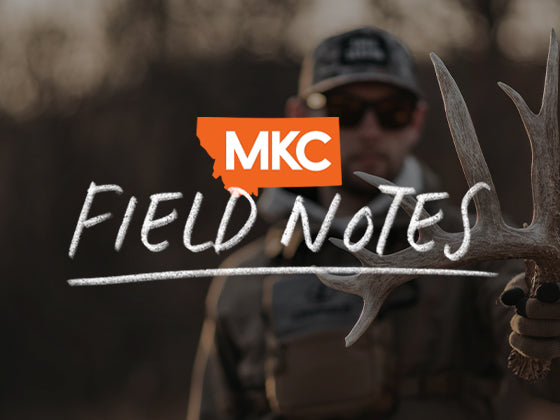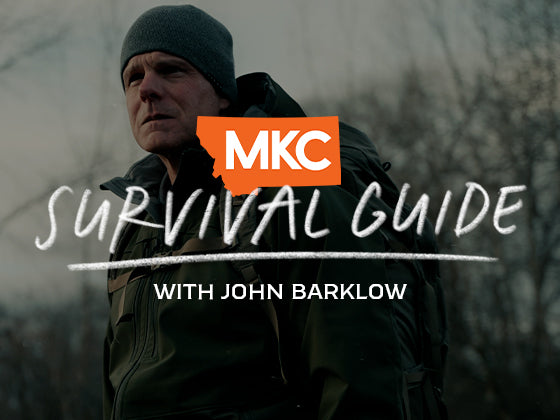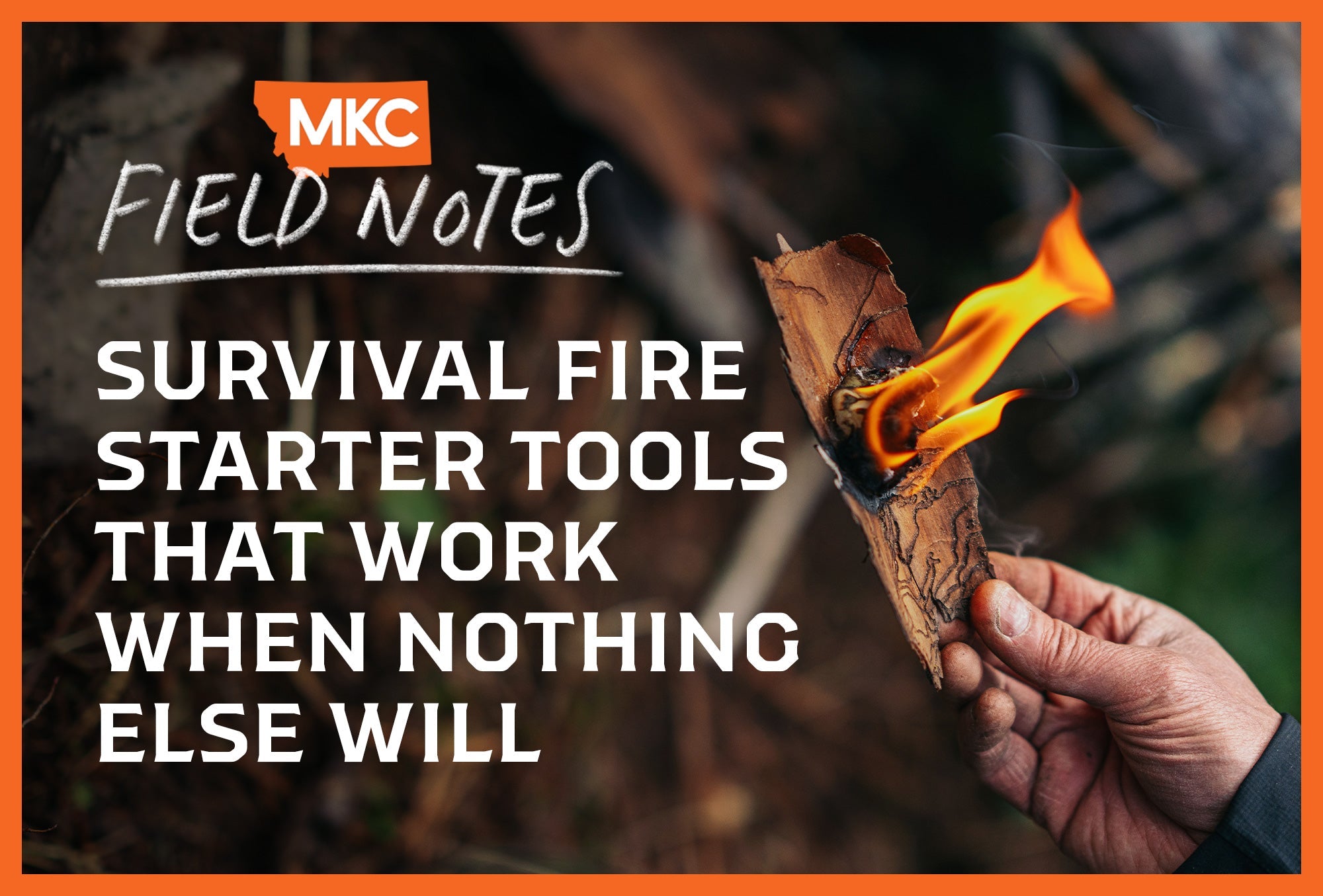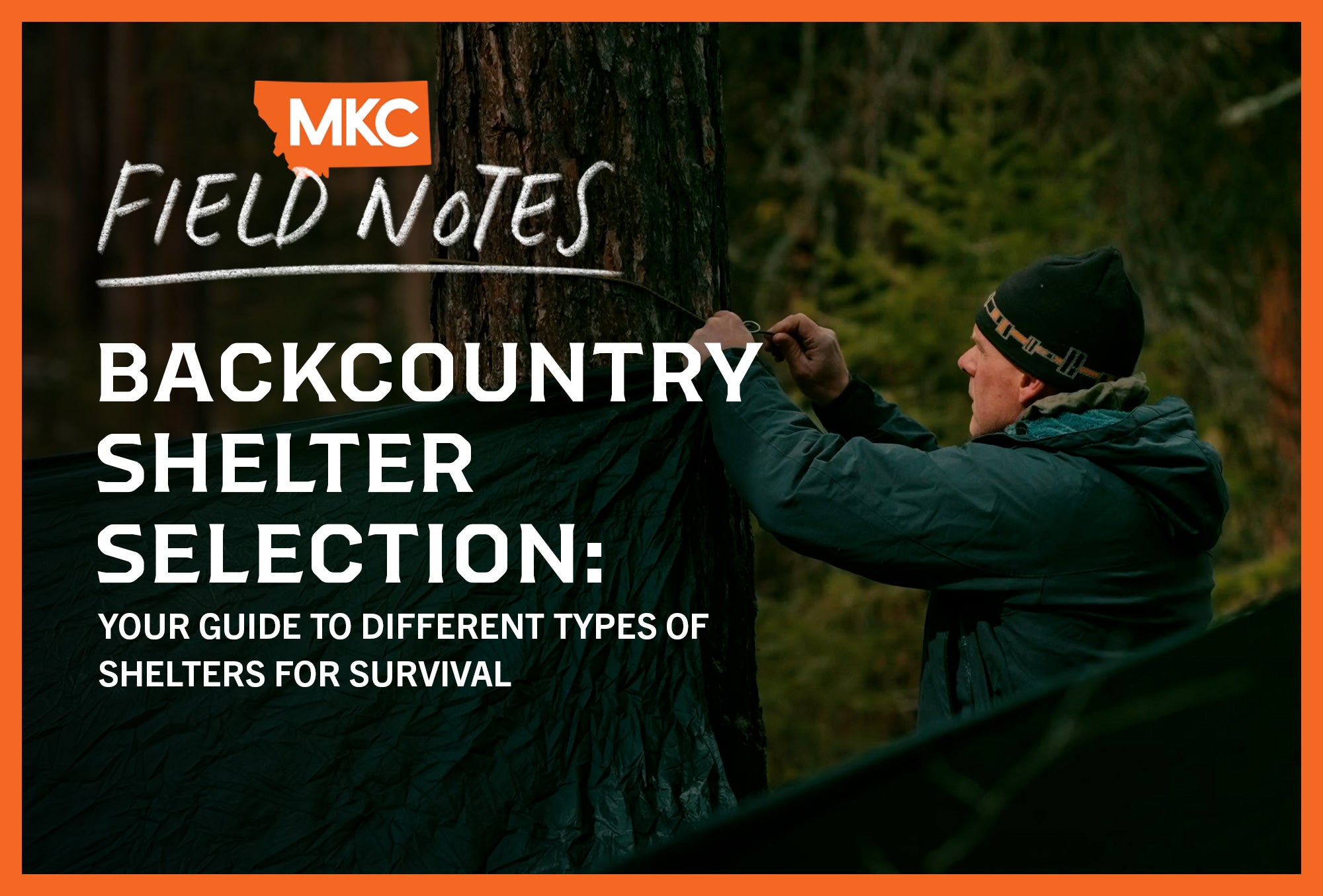I learned my first hard lesson about the 3 elements of fire making during a spring brown bear hunt on the Alaskan coast. Snow was coming down, conditions were damp, and we needed a fire to ride out the afternoon.
Despite my best efforts, I blew fruitlessly at that fire for three hours. Although I occasionally got a flame, that fire never provided the warmth we needed.
That experience taught me an important lesson about backcountry survival: fire-making skills developed in ideal conditions won’t serve you when the environment turns hostile. The 3 elements of fire (and I’ll explain what those are in a moment) become much harder to balance when every factor works against you.

When the 3 Elements of Fire Become Critical
Fire in the backcountry is a luxury, not a guarantee. Certain environmental conditions conspire against even the most determined efforts. If you wait until you’re in a survival situation to test your fire-making abilities, you’re gambling with your life.
Most outdoorsmen practice fire-building on sunny days with dry materials. This creates a dangerous confidence gap, because when you actually need fire for survival, conditions rarely cooperate. Rain, snow, high humidity, and freezing temperatures turn this basic skill into a challenge that demands experience and disciplined technique.
Spring is the perfect time to develop legitimate fire-making capabilities. Damp ground, wet wood, and challenging humidity levels force you to master the fundamentals rather than rely on ideal conditions.

Fire Triangle Components Explained
Use the mnemonic “the fire triangle” to remember the 3 elements of fire: fuel, oxygen, and heat. Each of the fire triangle components plays an important role, and mastering their relationship determines your success in challenging conditions.
Fuel provides the combustible material. In the backcountry, this means properly selected and prepared wood. Not all wood burns equally, especially in damp conditions. Learn to identify and harvest the right materials based on your environment.
Oxygen intensifies your flame through proper airflow. Many fire-building attempts fail because the structure blocks critical air circulation. Without adequate oxygen, even the best fuel won’t sustain combustion.
Heat results from the proper combination of fuel and oxygen. Building heat gradually creates the foundation for a sustainable fire. Adding fuel at the right times keeps your small flame from getting smothered while building up the heat needed for a solid fire.
The 3 Elements of Fire: A Disciplined Approach
When building fires in adverse conditions, discipline separates success from failure. You need to handle the fire triangle components carefully, especially when humidity is high and the ground is damp.
During fair weather, you might get away with piling sticks onto your fire tender and watching the whole mass ignite. Such careless methods fail spectacularly when conditions deteriorate. The 3 elements of fire require precise balance in challenging environments.
Start small with your most reliable ignition source. Build progressively larger with disciplined fuel additions, never rushing to add too much at once.
Protect your developing flame from environmental threats while ensuring adequate airflow. Monitor the relationship between the fire triangle components, adjusting as needed to maintain optimal combustion.
This disciplined approach builds the deep heat reservoir you need for combustion in wet, cold conditions. Patiently apply the fire triangle principles and you’ll create sustainable warmth rather than temporary flames that quickly die out.
Master the Fire Triangle Components During Training
How you prepare directly affects your fire-making skills when your life depends on it.
Get out and train in tough conditions: wet spring mornings, winter snow, high humidity, and nasty storms. Real-world practice builds true capability based on what you’ve proven you can do, not just fair-weather success.
Through deliberate practice in adverse conditions, you’ll develop an intuitive understanding of the fire triangle components. You’ll learn which local materials provide reliable fuel when everything is soaked. You’ll develop techniques for maintaining oxygen flow in confined shelters. Most importantly, you’ll build the heat management skills you need to maintain a fire in survival situations.
Training also teaches you when controlling the fire triangle components is impossible despite your best efforts. This knowledge might redirect your survival strategy toward alternative solutions before you waste energy on an unwinnable battle against the elements.
Applying the 3 Elements of Fire in Real Situations
Reflect on your last backcountry hunt or hike. Did you build a fire in ideal or challenging conditions? Most outdoorsmen only practice when success comes easily, creating dangerous capability gaps when they need fire most.
The 3 elements of fire demand respect and understanding. To set yourself up for success:
- Take advantage of your training opportunities by seeking difficult conditions.
- Document which materials worked best for each fire triangle component in various environments.
- Test your ignition sources against realistic challenges, like snow and rain.
Fire-making isn’t something you can or can’t do. By practicing with the fire triangle components in tough conditions, you’ll learn what you can pull off when the weather gets ugly. This honest assessment might save your life when the weather turns bad and you need a fire to survive.
Master the 3 elements of fire through disciplined practice and you’ll have this skill when you need it most — not just when conditions are perfect.
by John Barklow, a Special Operations Survival Instructor and consultant who has spent decades teaching military personnel and civilians survival techniques in extreme environments.






















